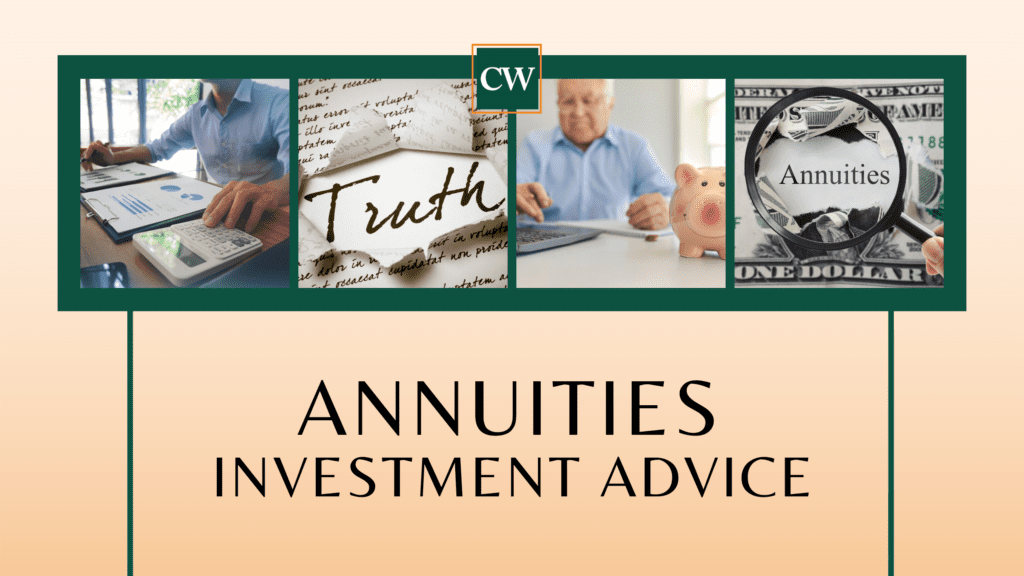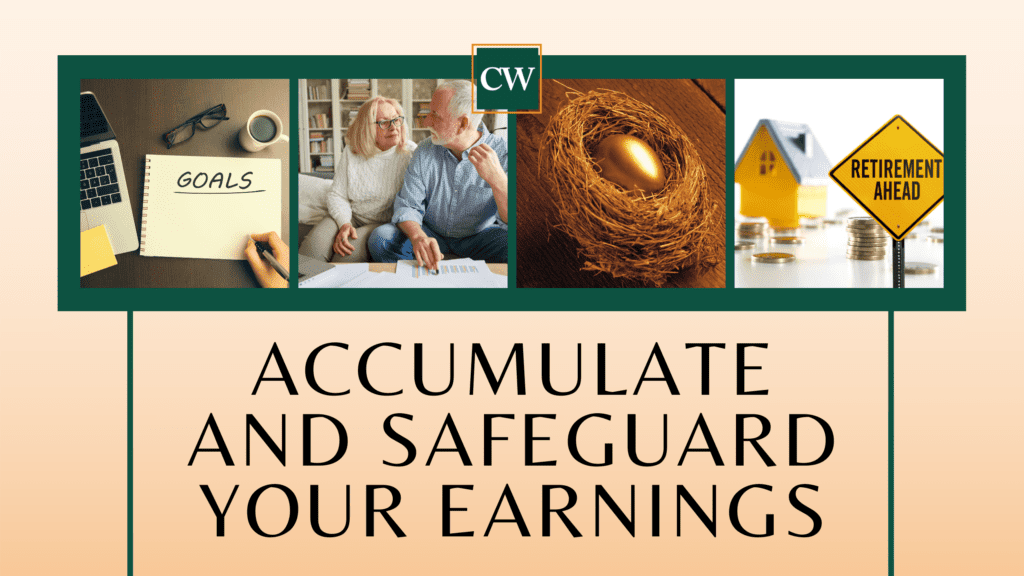One really smart estate planning tool that’s often overlooked is the use of trust protectors. These make perfect sense to every parent I’ve asked, but we rarely find in estate planning done by others. We also find that most other estate planners we discuss these with are in the dark.
That’s a shame, because they are extremely powerful family wealth protection devices.
Protectors basically protect the children (or other trust beneficiaries or trustees) from being forced to lose their assets to lawsuits or other threats. They can prevent them from having to write a check against their will, such as to satisfy a lawsuit, or carve up assets in a divorce.
Typically, we advise the child’s inheritance is left to a trust of which the child is trustee. So far this is pretty common (but still too frequently overlooked!). Beats the heck out of just cutting a big check to the kid as inheritance, where it can be lost to all kinds of risk like divorce. Giving the child their inheritance in their own special trust helps to prevent it from becoming marital property and hence at divorce risk, as in “of course I love you honey and would love to put your name on the account, but Daddy set it up in a trust fund and that’s how he wants it…” without restricting their access to the funds since they are the trustee (unless a threat appears, and they automatically lose trustee powers to the protector until the threat passes). Similar measures can be used to protect kids’ inheritance, say if one spouse dies and the other remarries, from the clutches of a future step parent.
But the real magic is using a protector – their sibling, perhaps – who is primed to take over if – and ONLY if – a threat appears.
For this and many other very important reasons, living trusts (the kind that exist now, and you would know because your bank and brokerage statements should be in the name of “The Ma & Pa Joint Living Trust dated x/x of 2020) are much preferred over testamentary trusts (the kind that are written into your very thick will but don’t actually come into being until you die).
Ditto for life insurance, which should be owned (or at least made payable to depending on your estate tax situation) by its own special kind of trust, which should include asset protection aspects.
As a quick sampling of more advanced techniques, consider these.
Asset protection trusts (APT’s, domestic or offshore) are irrevocable and transfer control to outside parties as trustees, with protectors as control.
SLAT’s (spousal lifetime access trusts) have more limited asset protection power (but this can and should be shored up using personal holding companies and the other techniques discussed above) but allow the couple complete control and access to income, while still getting the property out of the taxable estate – and eliminating estate and gift tax entirely if done right in the right fact pattern. This is huge for families that expect to have taxable estates – or fear future tax increases may bring their estates into taxable territory, even if they are under the current taxable amount.
Finally, the so-called dynasty trust can eliminate all gift and estate taxes for the family for many generations, or even forever. They still avail the family and descendants of the full benefit of the family assets, which can compound amazingly over time in the absence of estate taxes at each generation. These work by granting rights in trust assets to the family which approach, but technically don’t equal, actual ownership (which would trigger estate, gift and generation skipping transfer tax for families with sufficient wealth). Often these techniques serve multiple purposes – to reduce the size of the taxable estate using long-accepted discount opportunities, to protect assets against predatory attack, and to set up the structure to provide for family on down the line.
If your estate is likely to grow to taxable levels, everything over the exemption amount could be taxed at rates of about 40% for taxable estates over $500,000.
The taxable estate is the part over the “tax free” or exemption amount. That’s currently about $11M per individual, but drops to about $5M in 2026. It was not so long ago it was only $600K, and with rising Federal deficits and tax-the-rich popular sentiment, we may see much smaller estates torn up by estate taxes in the near years to come.
An estate freeze caps the taxable value at current levels, limiting or eliminating tax. This is a very big deal. There are a lot of ways to do this, some much better than others. But many exposed taxpayers are never advised to prevent what could be a huge problem while there is still time. This oversight exists at all wealth levels. For instance, James Gandolfini (Tony from The Sopranos) left a $70M estate, and needlessly paid some $44M in estate taxes . . . and he had some expensive – but completely wrong! – estate planning in place.
Don’t let that happen to you! Get a competent estate plan review while there’s still time.




